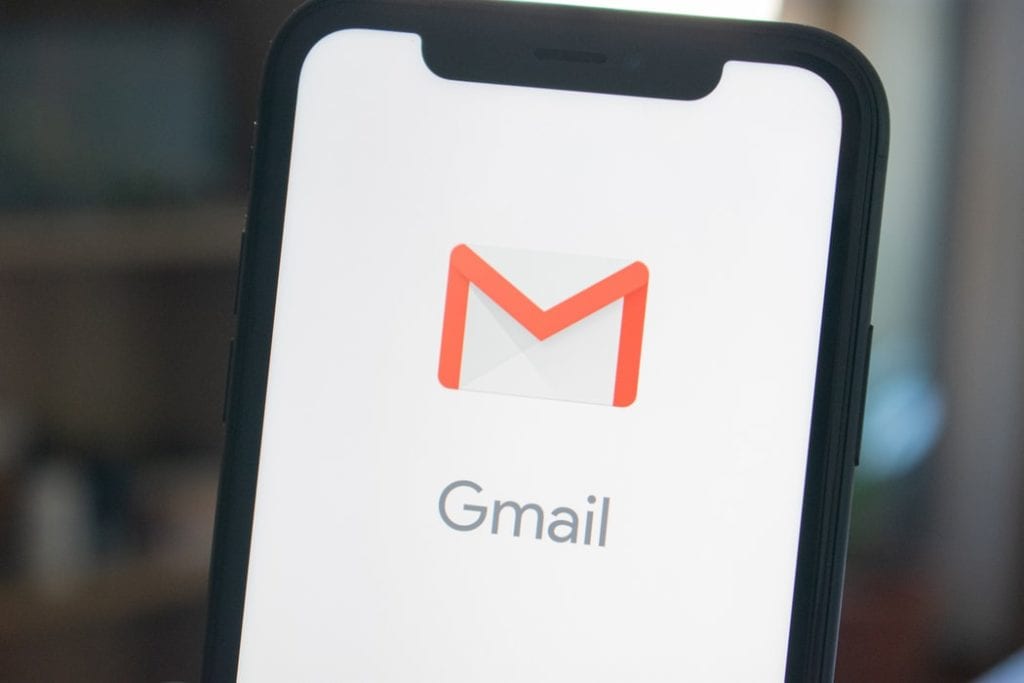The Art of Outreach:
I. Acquiring Targets 101 – Learn how to find appropriate blogs and YouTube channels to target.
II. Finding Contacts 101 – Learn how to find the emails of tastemakers you want to specifically pitch.
III. The Perfect Pitch 101 – Learn how to craft the perfect pitch email to send to contacts.
Now that you know how to acquire targets and locate emails of the outlets and tastemakers you want to pitch, you’re ready to do the pitch itself. The pitch is the most important part of outreach because first impressions do count. The lucky part of being in the music landscape is that music writers are much less cutthroat than business journalists. While someone at the Wall Street Journal may instantly block your company because of one small typo, I have never heard of this happening within music. So before you go analyzing every single comma, do not psych yourself out. However, don’t be too careless when you’re reaching out. Generally speaking, all of this information can be applied to pitching YouTube channels. For simplicity, I will only reference blogs.
Pitching can be hard because you need to make everything count. While I am not a certified and award-winning expert on the matter, I have been pitching for long enough to see what has worked and what hasn’t. Although I am still experimenting with my process, I’m in a good place to give others advice. This article will go over how to structure your pitch email.

The Email
When it comes to crafting the perfect pitch, there are some rules of thumb you need to abide by. Of course, I’m not your mother. However, there are universal no-nos that will almost always cause your email to instantly be dismissed and your music not considered.
Subject Lines
It is easy to mark “read” or delete an email before reading it. This is why subject lines are important: to make the person care enough to open your email. When you’re pitching your music to high-profile outlets, you need to create an enticing headline. Many writers get hundreds of pitches per day and do not even have the time to open every email. Personally, I still struggle with creating catchy subject lines, I’m still experimenting with subject lines and seeing what works and doesn’t. While most courses will advise you to word things certain ways and that you must have a groundbreaking subject, I find this more relevant to mainstream media and not the space we’re in. Most electronic music publications are not that picky. As long as you have a professional-looking subject, success is more likely. Unless your music is absolutely blowing up the charts, I wouldn’t invest all of your time trying to appeal to the Billboards or Rolling Stones of the world and focus more on niche electronic blogs. These blogs generally are much less strict on only opening innovative and out-of-the-box subject lines. However, your subject line being professional is still the top of importance.
Various strategies that may help you are putting the writer’s name + publication in the subject, putting a FFO (for fans of) section, including the genre, etc. Personally, I put “[ADVANCE LISTEN]” in the beginning of my subject so my contacts know that the music is unreleased. The main downfall is that subjects are short, especially on mobile. You may find some other things work better for you, but here are some examples of subjects I have sent recently. Note that each of these headings are not identical, but I still received placements and acceptances from them.
[ADVANCED LISTEN] High Step Society – Perception EP – Out 5.1 [Electro Swing/Nu Jazz]
[Hey Steph, Exclusive Earmilk Premiere?] Deep House’s Soul Man jackLNDN Explores Human Connection w/ “Deeper” – Out April 24
[ADVANCE STREAM] Megan Hamilton Drops 420 Banger “G.R.E.A.M.” for the Green Enthusiasts [Midtempo, House, Rap]
[ADVANCE STREAM] David Starfire – Future Self – Out 11/08 | Global Bass, FFO: CloZee, Beats Antique

Personalization
When you send out your first email to someone, it is best to introduce yourself. If you found them from a specific strategy (ie. they wrote about an artist that your sound aligns with), mention it! You can say something like, “I noticed you’ve written about tsimba before so I thought you may dig my music.”
If you can’t use that approach for whatever reason, you can always see if they wrote about something you can comment on, such as, “I love your series on Women in Music, it’s really amazing to see how far we have come with female representation at festivals.” One word of warning is to not merely compliment the person for the sake of complimenting them. One time, I received a pitch that said, “I love [publication]!!!” and even if it was genuine, I instantly assumed it was just empty words. If you want to go there, say specifically why you love their publication. Saying “I love [publication]’s guest mix series” is still fairly vague, but it would leave a much better impression on me because you knew I had a guest mix series. A lot of articles say to skip the pleasantries, however I have found it to help more than hurt within music media. This is another example of how I think that advice is more relevant to mainstream media. Sure, a writer may ignore that I asked them about their day, but many also let me know how their day was and a friendly, casual conversation is opened.
However, sometimes you won’t get a response from your first email, and you may sound like a broken record by repeatedly saying a recent piece you enjoyed from the writer. There have been outlets that I had pitched for months before I ever received a reply. One way to change things up is by personalizing your emails with something you have been up to. If I went on vacation, I’ll talk about that briefly. If I went to a competition, I’ll mention that. When it was my birthday, I mentioned that. If you had nothing going on (I mean, who does with this pandemic?), a simple “How was your weekend? I binged Ozark season 3 in one sitting” may open up a new discussion about the show and the potential for a relationship.
Other important things to include are the writer’s name and the publication name. This sounds simple, but you wouldn’t believe how many emails are not addressed to me and do not mention any publication I work for. It is one of the first things I look for to see if you cared to do some research. If you found a general email and don’t know the person’s first name, you can always say “[publication] team” to reference them instead. These simple inclusions let the person know you went an extra step.
The Body
Now, we’re ready for the body of the email. My biggest piece of advice is to make it look professional. It’s important to not make the pitch too long, but not too short to where the writer doesn’t know anything about you or the release. Once you introduce yourself, mention some notable accomplishments. Maybe you performed at a festival, supported a well-known artist, or had a dope mix drop somewhere. To the writer, you are just another fish in a sea of artists. It is 100% easier to ignore your email and not listen to your music than to do it. If you don’t hype yourself up, why should they care to listen?
When hyping yourself up though, do not say generic things. Everyone says their music is innovative, different, and out of the box. Of course, you want to be different and stand out, but figure out how that’s true without just saying what everyone else is saying. “I’m different because I don’t believe in only making music in one genre” can be said by thousands of artists. When you are coming up with ways to highlight yourself, ask yourself if what you’re writing can easily be attributed to others.
Personally, I like to keep artist information from two to three sentences, then talk about the specific release from two to four sentences. You want to have enough information to tell a compelling story and explain the music, but not too long of a story that it’ll bore the writer. There should be comfortable white space in the email. After, I like to drop a clean line that hyperlinks all assets such as the private streaming link, a download file, the artwork, and press photos/EPKs. You want to make the process as easy for the journalist as possible. When you send a private streaming link, make sure it’s something the writer can easily listen to without downloading anything or going through a gate.
Something like: Private Streaming Link / MP3 / WAV / Artwork / One Sheet / Press Photos
Private SoundCloud streams are the best and my preference, with Dropbox hosting all of the other assets. When sending a private SoundCloud stream, make sure you share the private streaming link and not just your browser’s URL. These have an s- followed by numbers at the end. To get this link, click the “share” button and it’ll offer a private link to copy. If you feel the first half of your pitch is a bit top heavy, you can always break it up by switching additional release information to the concluding paragraph. It breaks up the wall of text and looks more balanced that way.
Okay, what else?
You just learned some of the most crucial fundamentals of the art of outreach! Now, you should be prepared to acquire targets, locate emails, and send a solid pitch out. However, there is much more to outreach. I know you likely have a lot of questions. I know I did when I first started. There is way too much content in my rackety little brain to shove into a short blog series. I am in the process of creating a course for Gravitas Create, appropriately entitled The Art of Outreach. There, I will touch base in all of that more intricate, specific stuff and include some sample pitches, templates, and asset examples. What are premieres and exclusives? How should I follow up? What is some basic pitching/email etiquette? What email tools are best to use? How do I build relationships? How do I create a One Sheet and Press Release? In my course, I will go over all of those nitty-gritty details so you can be your absolute best self-publicist.


Sorry, but you have already liked this article.